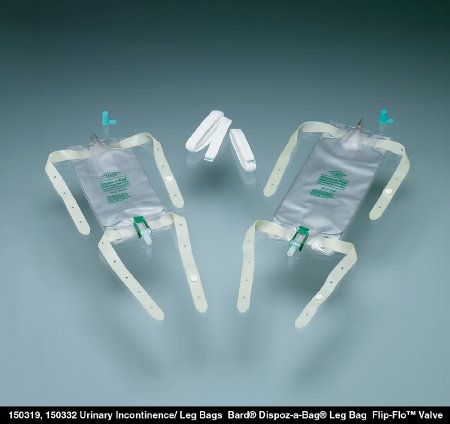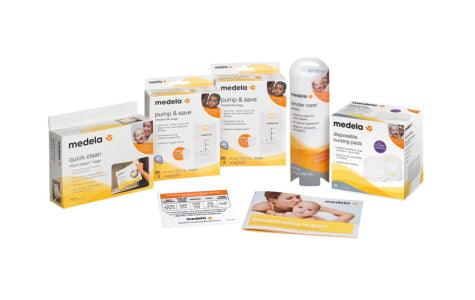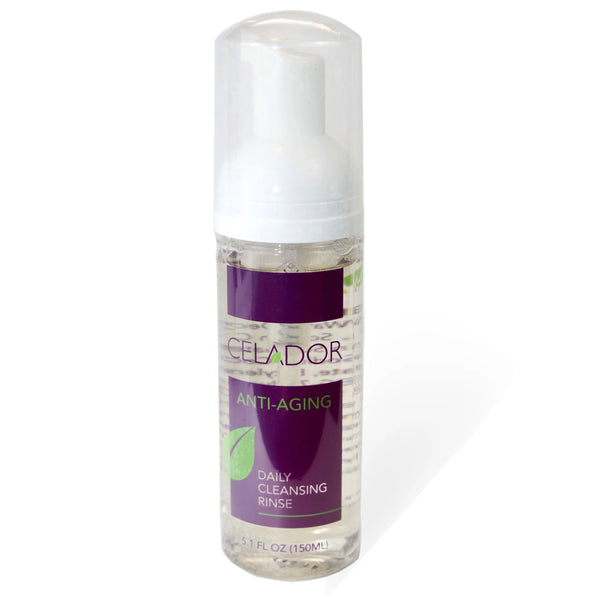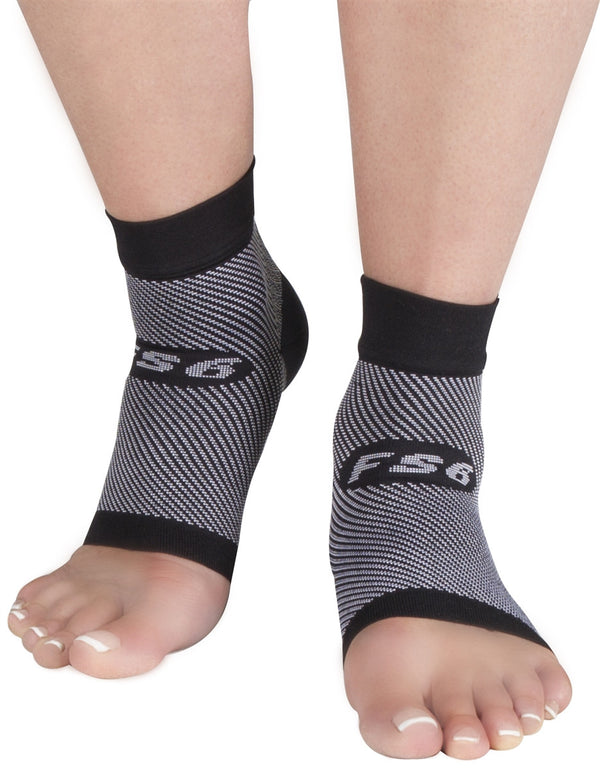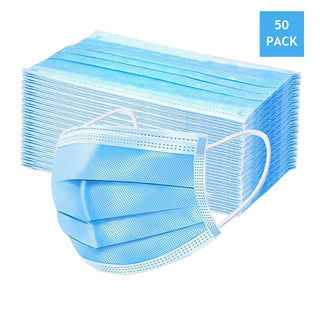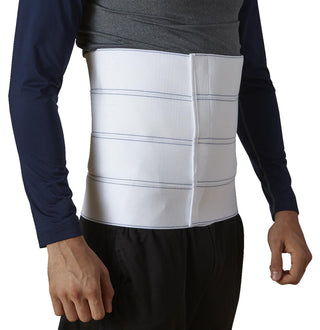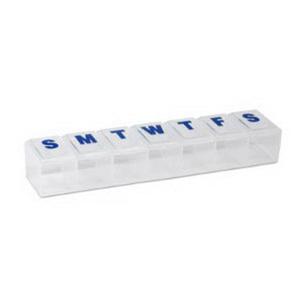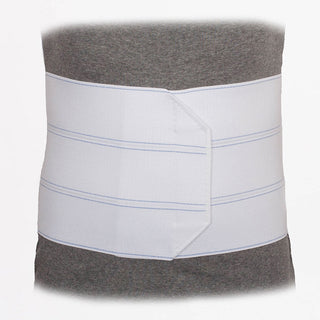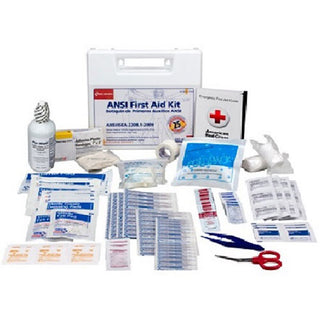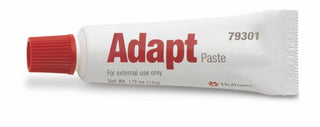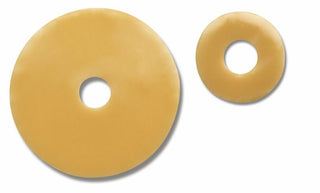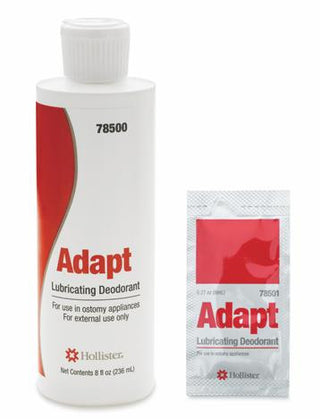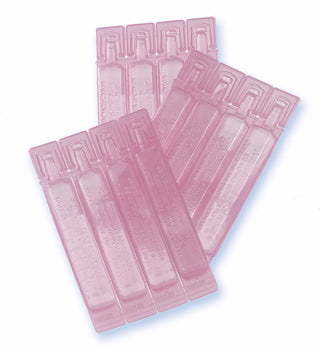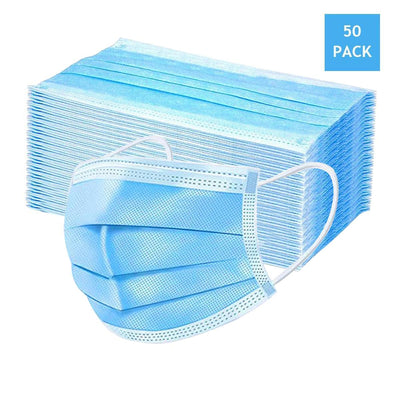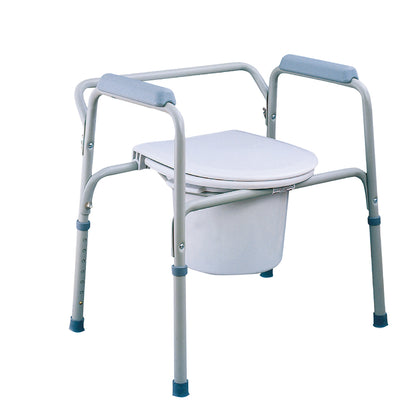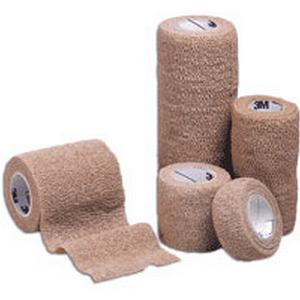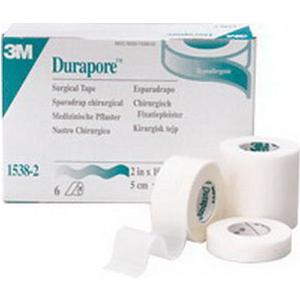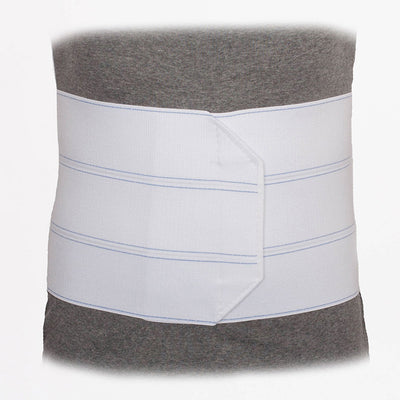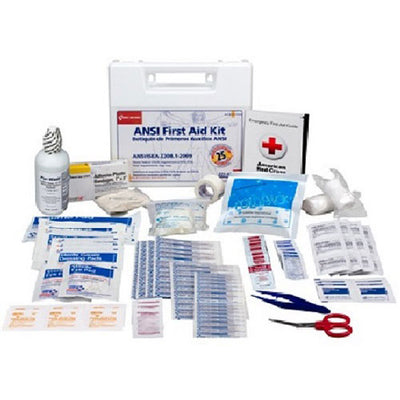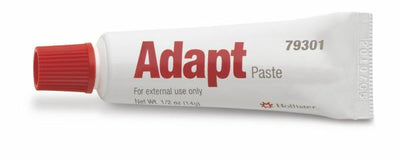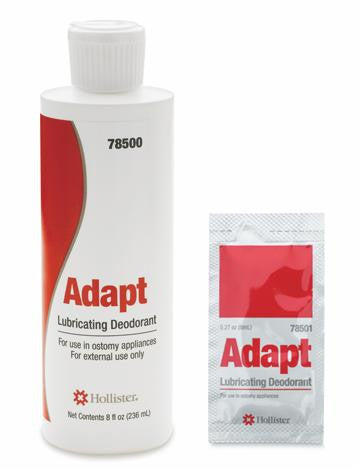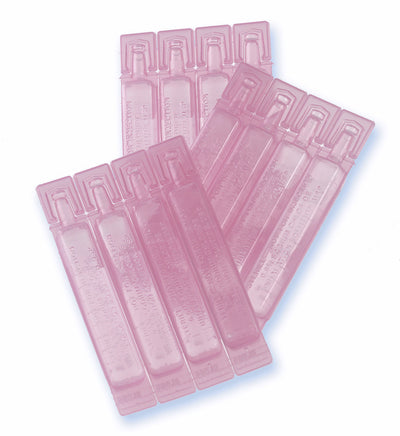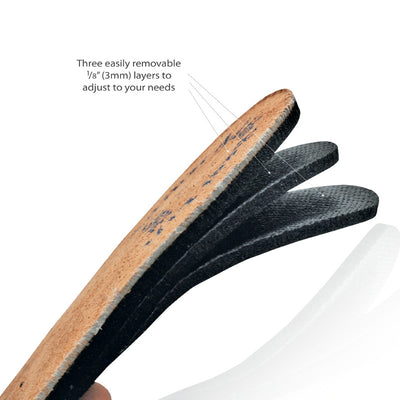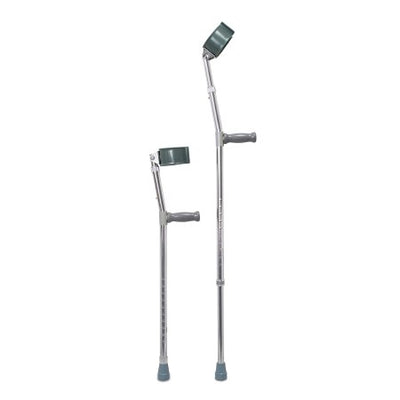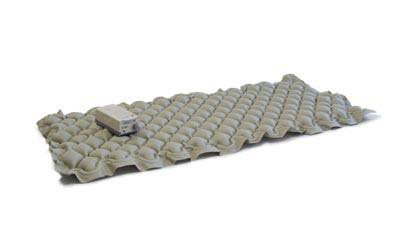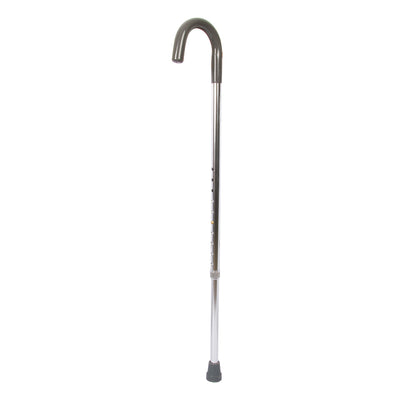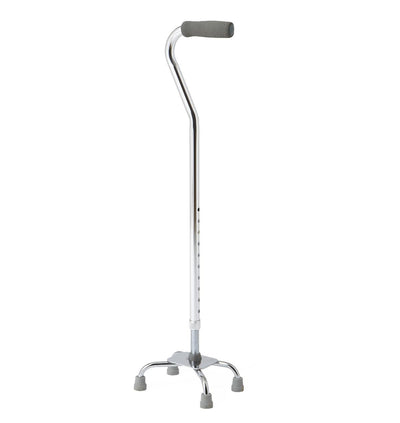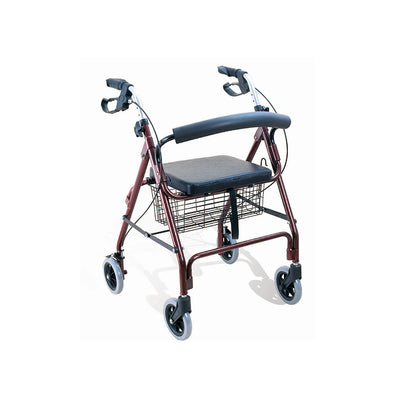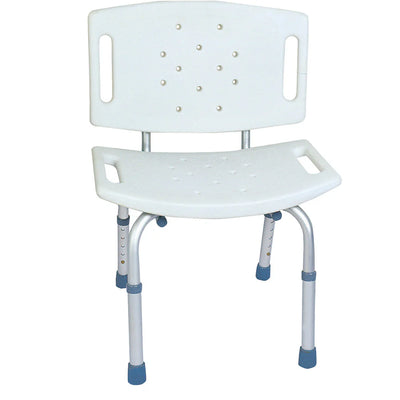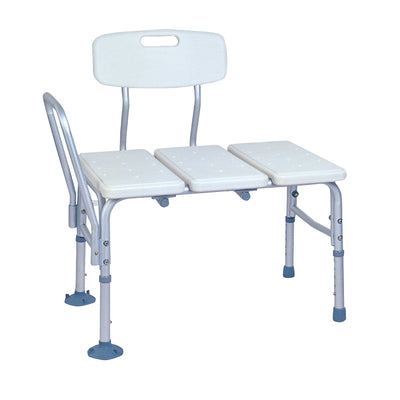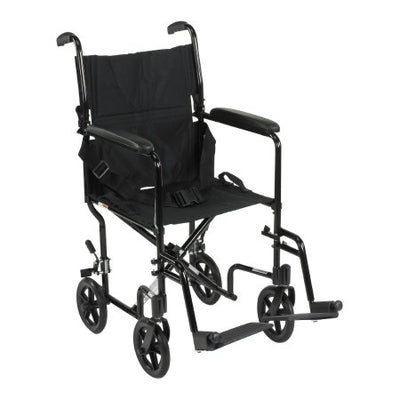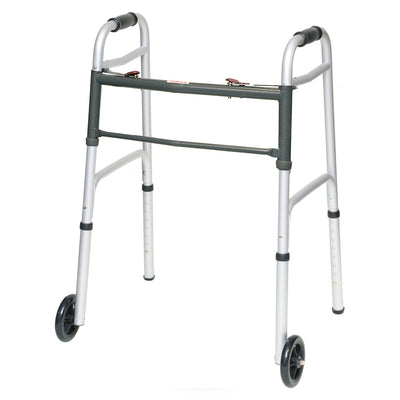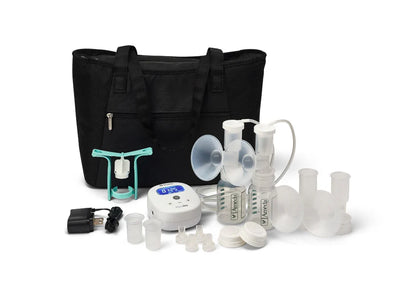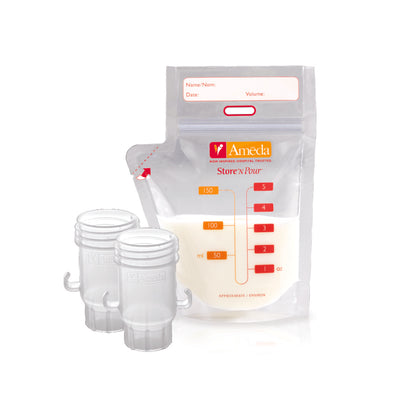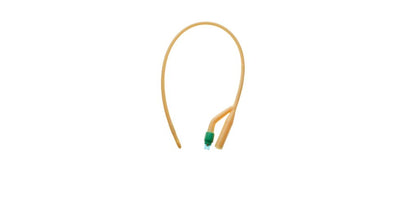Blog
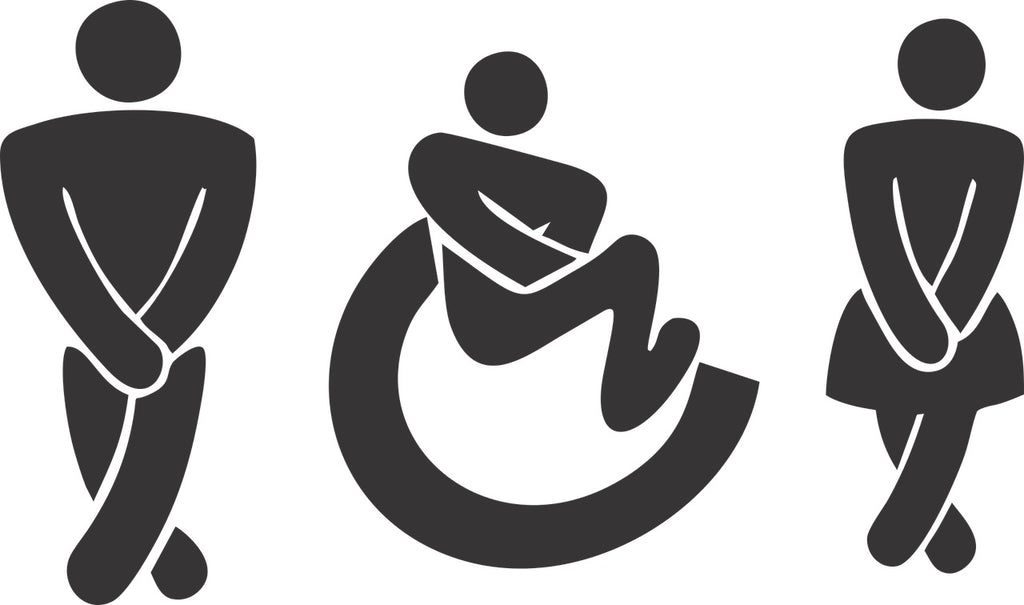
7 Misconceptions About Urinary Incontinence
7 Misconceptions about incontinence Urinary Incontinence is often misunderstood and because it can be embarrassing it is not talked about. This causes millions of people to mistreat and mismanage their symptoms. So, I have put together a list of common misconceptions people...

Incontinence Types, Causes and Solutions
What is Urinary Incontinence? Urinary incontinence occurs when ones control of their urinary sphincter is either lost or weakened, resulting in the involuntary leakage of the bladder. According to the American Urological Association, it is estimated that twenty-five to thirty percent of Americans suffer from urinary incontinence, though exact numbers...
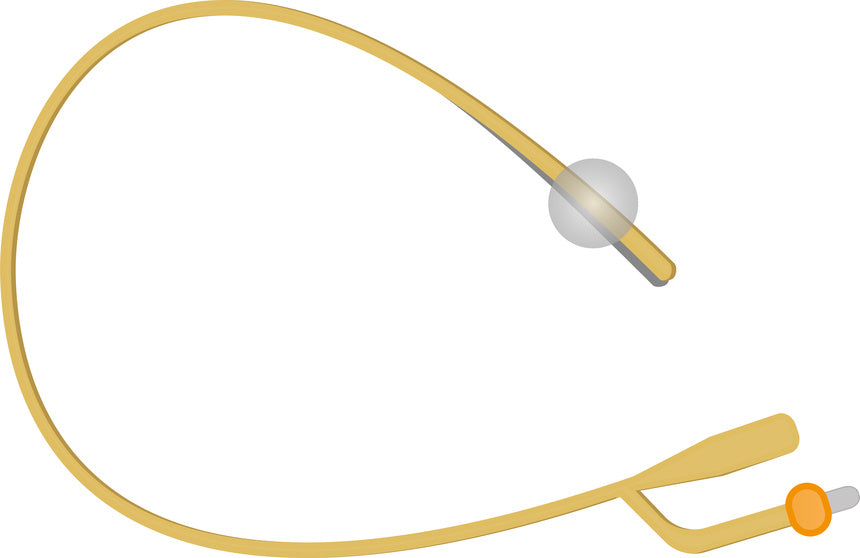
You're On Your Way to a Healthy Bladder With These 3 Diet Tips
Kidney disease can be a scary thing that leads to many different health complications. If kidney disease reaches the point where the patient has kidney function of less than 10 to 15%, a kidney transplant or dialysis will be necessary. Kidney disease can also bring on other medical supply needs...
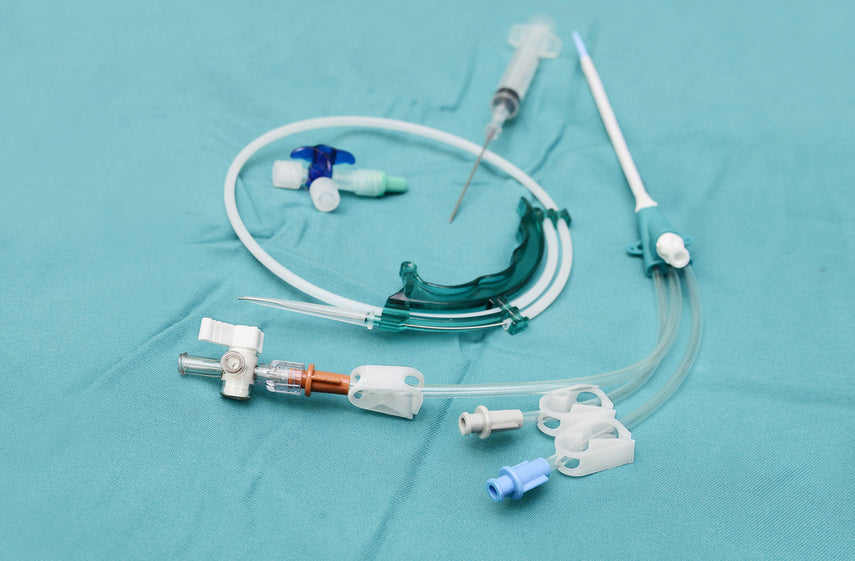
Medical Devices in the Home, a Brief Overview
For the longest time, the most common need for medical devices in the home was to administer medication. When patients are no longer in the hospital, yet need their medication, medical devices like IVs and syringe pumps are brought to the home. Even items like medication measuring cups for liquid...

Everything You Need to Know About Urinary Catheters
Urinary catheters have been used for more than 3,500 years to drain the bladder when it cannot drain itself. They are made of rubber, plastic, or silicone materials. They come in many shapes and sizes and are an essential member of the urological supplies family. Why Catheters? Urinary catheters are...

Catheters: The Different Colors and What They Mean
Urological catheters come in a range of sizes that are determined by the measurement of the external diameter of the tube. These sizes are referred to as ‘French sizes,’ which is the universal gauge system for catheters. It is important to know the correct size catheter you need to ensure...
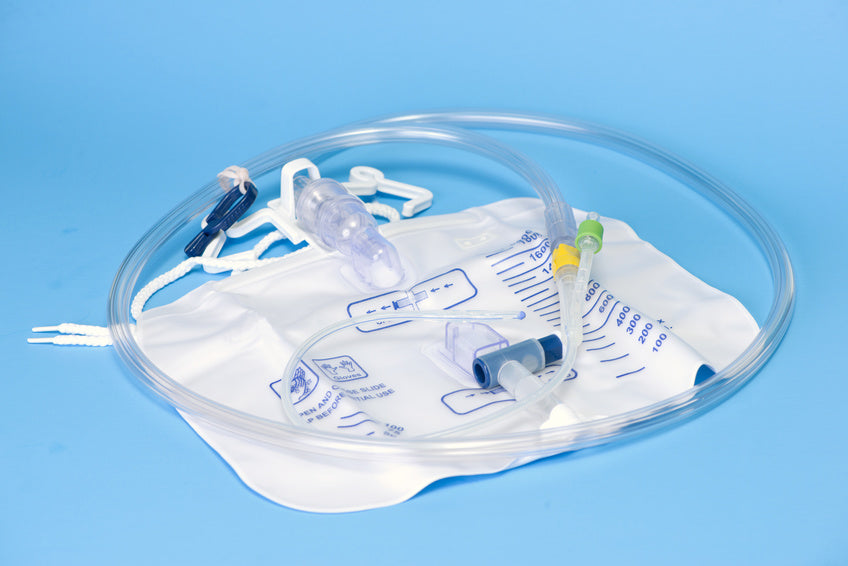
3 Things You Should Know If You Use A Leg Bag
Drainage bags, also known as leg bags, are often used by those who have a neurogenic bladder. A neurogenic bladder is a condition where a person lacks bladder control due to a nerve, spinal, or brain problem. Others may use leg bags as they recover from surgery because urination is...
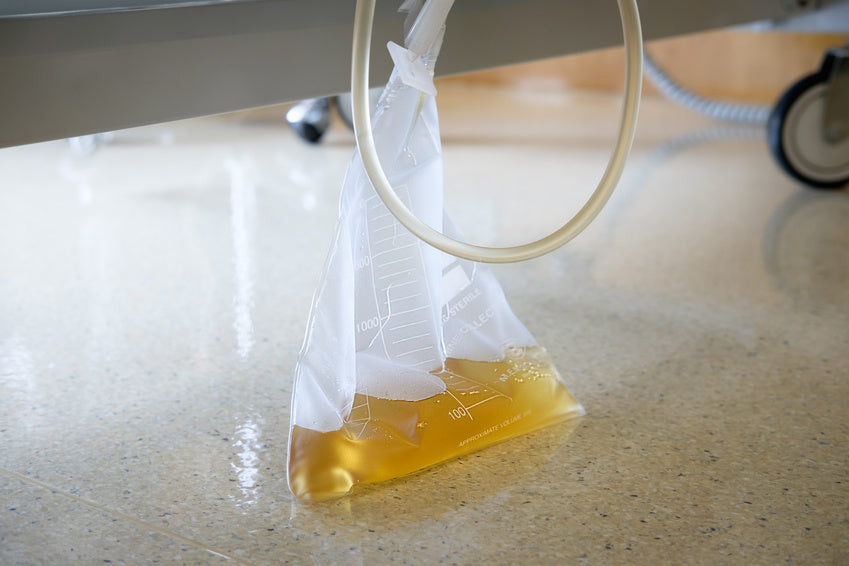
Let's Talk About Incontinence: How To Bring Up The Subject With A Loved One
Urinary incontinence is a fairly common condition, particularly among older people. In fact, around 14% of individuals aged 65 to 69 have this condition, while 45% of people aged 85 and above do. Still, even though it's pretty prevalent, it's not always easy to talk about. The need for urological...
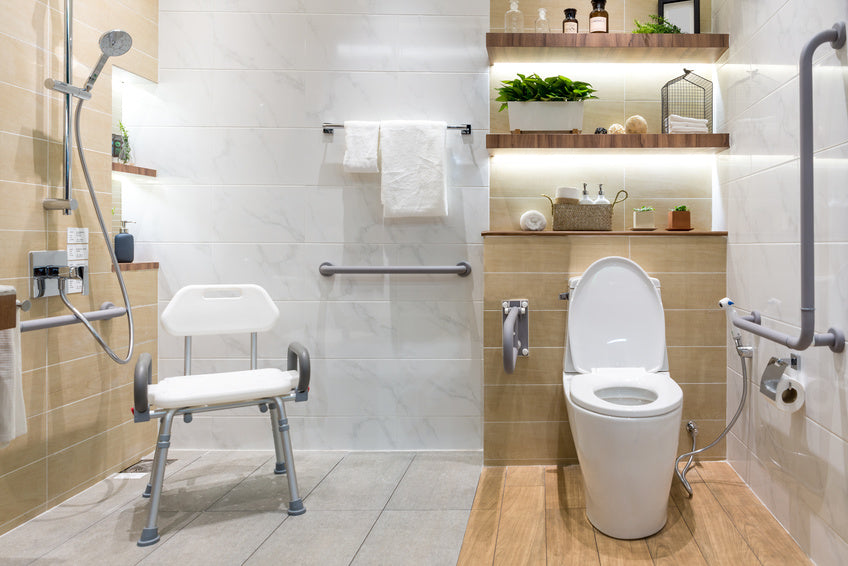
3 Kinds Of Medical Supplies That Are Helping Seniors To Age In Place
The Institute on Aging reports that in the year 2010, 5.5 million Americans lived to see age 85 and above. By 2050, they estimate, this 85+ age group will increase to 19 million Americans, representing 5% of the total population. The majority of senior Americans would like to remain in...
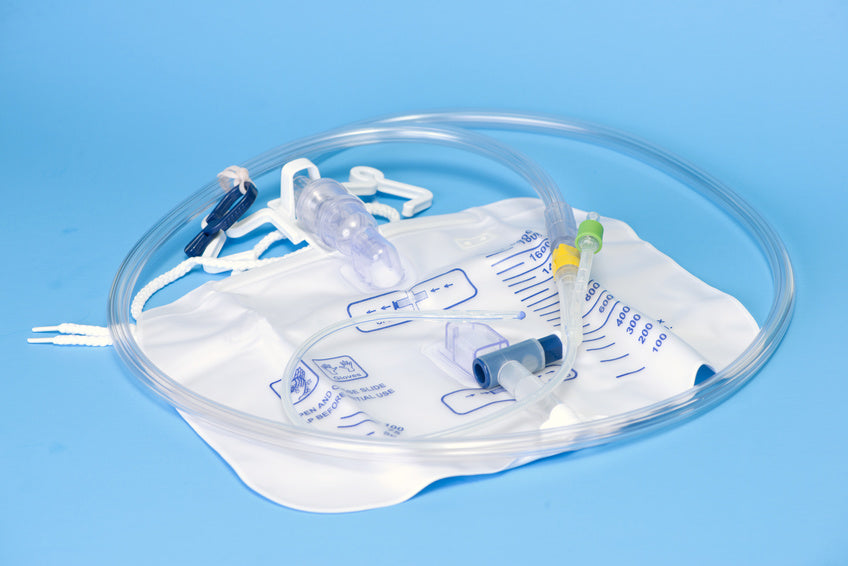
What You Need To Know About The Different Types Of Catheters
There are many different types of catheters and each is used in different medical scenarios. When stocking a hospital or medical facility it is important to have all the medical supplies that you need to properly care for patients. It is also important to trust the supplies you get. Getting a catheter...
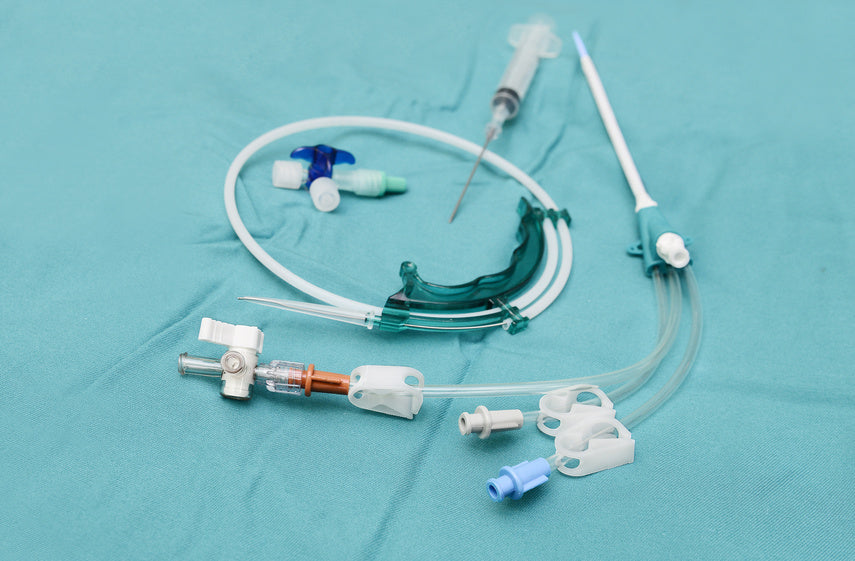
Intermittent Catheters: Your Questions, Answered
Urinary catheters have been used for more than 3,500 to drain the bladder when it cannot empty on its own. And while there are many types of catheters used for a variety of reasons, intermittent catheters are considered to be among the most common. If you and your physician are...

How To Deal With Incontinence: Helpful Tips To Know
Urinary incontinence is quite common in older adults, as 45% of those aged 85 and older are familiar with the challenges it presents. Still, that doesn't mean that managing this condition is always straightforward or easy to discuss. And while you can easily obtain free catheter supplies online if necessary,...








